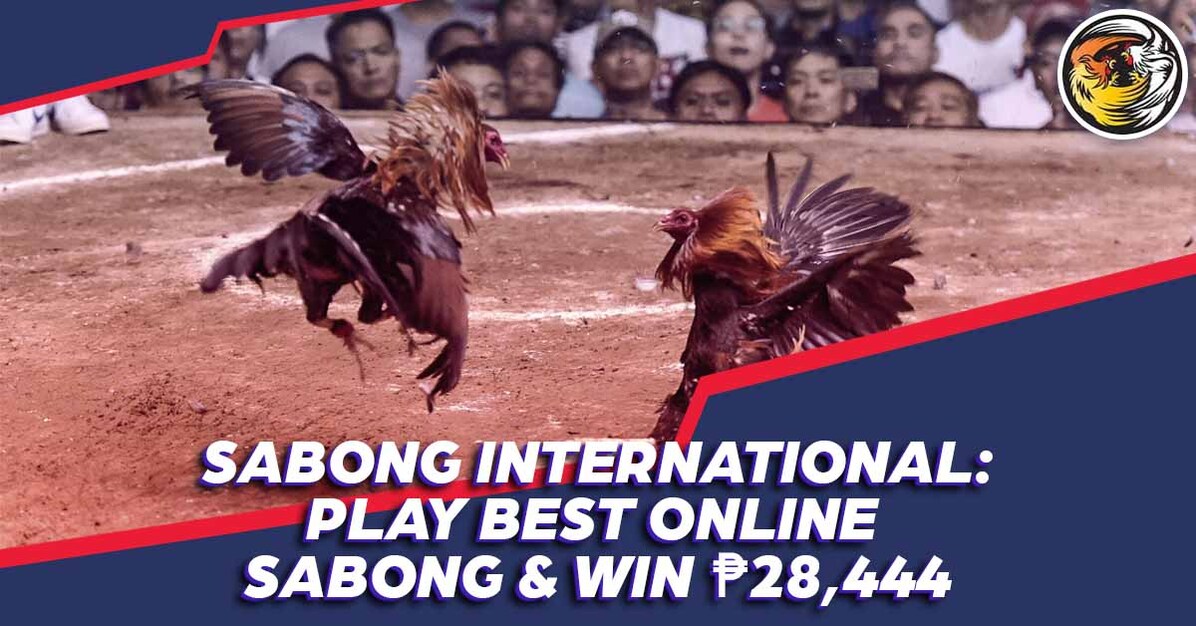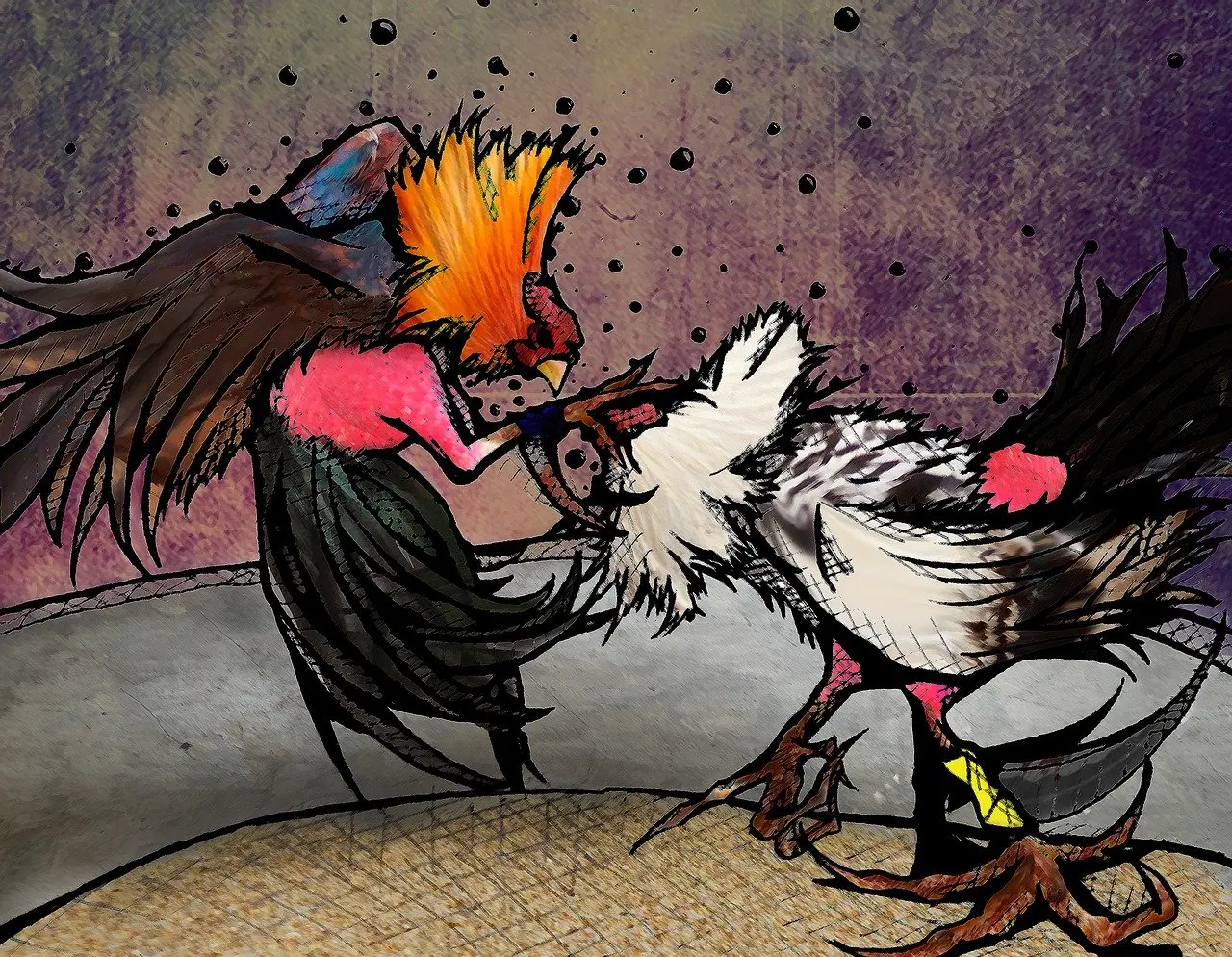Insights from a Sabong Grandmaster: Tips for Aspiring Cockfighters
Tricks of the Sabong Grandmaster: Grasping the Art of Cockfighting
The elaborate globe of cockfighting, especially as exercised by the Sabong Grandmaster, uses an interesting research study in the convergence of pet habits, training methods, and competitive strategy. To truly understand the nuances of this art form, one should explore exactly how the Grandmaster harmonizes the psychological and physical facets of rooster training while navigating the moral considerations inherent in this conventional technique. What are the pivotal understandings that divide the extraordinary from the ordinary in this world? Comprehending this might redefine one's perspective on the sporting activity and its professionals.
Background of Cockfighting

As the centuries progressed, cockfighting spread across different continents, adjusting to regional customs and social dynamics. In medieval Europe, it obtained appeal among the nobility, who regarded it as a screen of wealth and standing. By the 17th century, the sport had actually established itself in England, bring about the formation of formalized rules and guidelines.
In the Americas, specifically in the Caribbean and the Philippines, cockfighting took on one-of-a-kind qualities affected by early american histories and native techniques. Today, while the sport stays questionable and deals with lawful obstacles in numerous areas, its historical significance remains to stimulate conversations concerning animal civil liberties, social heritage, and social worths. The evolution of cockfighting shows broader styles of human interaction with nature and the complexities of practice.
Understanding Fowl Behavior
Comprehending rooster behavior is important for those included in the sport of cockfighting, as it directly affects performance, training, and wellness. Fowls display a variety of habits that can show their emotional and physical states. Especially, aggressiveness, territoriality, and social pecking order play significant roles in their attitude.
Hostility is an all-natural instinct in roosters, primarily driven by the demand to insist dominance. Observing communications amongst fowls can expose their position, which is crucial for handling their setting. A certain fowl displays a much more assertive pose, while a passive one may reveal signs of anxiety or concern, such as crouching or preventing eye get in touch with.

Training Strategies for Champions
Efficient training strategies are essential for developing champ roosters that succeed in the competitive arena of cockfighting. A methodical technique guarantees that each bird reaches its full capacity, incorporating physical fitness with psychological determination.
To begin, establishing a constant training regimen is essential - Sabong Grandmaster. This includes everyday workouts that boost stamina, dexterity, and endurance. Routines may entail regulated competing sessions with both online and artificial opponents to simulate competitors, permitting roosters to hone their battling skills in a risk-free setting
Integrating dexterity drills, such as obstacle courses and leaping workouts, substantially boosts a rooster's physical capacities. In addition, presenting varied surface areas and surfaces can enhance their adaptability during fights.
Psychological training needs to not be forgotten. Acquainting the birds with the noises and views of a competitive setting can decrease stress and anxiety and anxiousness on fight day. Additionally, favorable support strategies, such as gratifying desirable behaviors, can infuse confidence in the roosters.
Lastly, maintaining a calmness and assertive visibility throughout training sessions fosters depend on between the useful link rooster and the handler, important for accomplishing ideal efficiency. With each other, these techniques create a comprehensive training program that cultivates champions all set to succeed in the field.
Health and Nutrition Basics

Incorporating a mix of corn, wheat, and barley gives needed carbs, while protein sources such as fish meal, soybean meal, or pests sustain muscle advancement and healing. Additionally, including fresh vegetables and fruits can boost the overall dietary profile, supplying antioxidants that improve the body immune system.
Hydration is similarly important. Access to clean, fresh water ought to be a top priority, as dehydration can significantly affect performance (Sabong Grandmaster). Regular health and wellness next page check-ups are vital to keep an eye on for any kind of prospective diseases or parasites that might jeopardize a fowl's condition
In addition, the timing of feed is essential. Offering sustenance at proper periods makes certain that roosters keep energy degrees throughout their training and healing stages. By concentrating on these health and nutrition basics, sabong fanatics can aid their fowls accomplish optimum efficiency in the affordable arena.
Methods for Successful Matches
Success in cockfighting rest on a combination of tactical prep work and in-ring tactics. Reliable suit strategies begin long prior to the battle, with careful option of the fowl. Dog breeders need to focus on hereditary qualities such as aggression, resilience, and endurance, making sure that the chosen bird demonstrates a strong family tree of performance.
Training is vital; fowls must be conditioned through a routine that includes exercise, competing with various other birds, and exposure to numerous atmospheres. This prep work not just constructs toughness but likewise improves the bird's visit this website versatility to different challengers.
Throughout the suit, a handler has to employ eager monitoring and fast decision-making. Recognizing the opponent's strategies allows for prompt adjustments, such as changing the fowl's stance or motivating more hostile behavior. Timing is critical; understanding when to urge or limit the bird can indicate the distinction in between victory and defeat.
Finally, preserving a calm demeanor during matches fosters confidence in the fowl. A balanced strategy, integrating both physical and mental readiness, inevitably results in successful outcomes in the sector, demonstrating that proficiency in cockfighting is as much regarding approach as it has to do with the birds themselves.
Conclusion
The proficiency of cockfighting, as exhibited by the Sabong Grandmaster, rests on a comprehensive understanding of rooster actions, efficient training techniques, and ideal health and nourishment. By integrating standard practices with modern-day approaches, champions are cultivated, showcasing extraordinary strength, agility, and durability. Strategic insights during suits even more improve the possibility of success. Eventually, the keys of the Sabong Grandmaster depend on the unified balance of these components, making certain the proceeded tradition of this old sporting activity.
To genuinely comprehend the nuances of this art kind, one should check out exactly how the Grandmaster integrates the emotional and physical elements of rooster training while browsing the ethical considerations fundamental in this standard technique.Recognizing fowl habits is necessary for those included in the sporting activity of cockfighting, as it straight influences performance, health and wellness, and training.Keeping optimal health and nourishment is essential for making certain that roosters get to peak performance in the cockfighting field. Giving nutrition at proper periods ensures that roosters preserve energy degrees throughout their training and recuperation stages.The proficiency of cockfighting, as exemplified by the Sabong Grandmaster, hinges on an extensive understanding of rooster habits, efficient training techniques, and optimum health and wellness and nourishment.